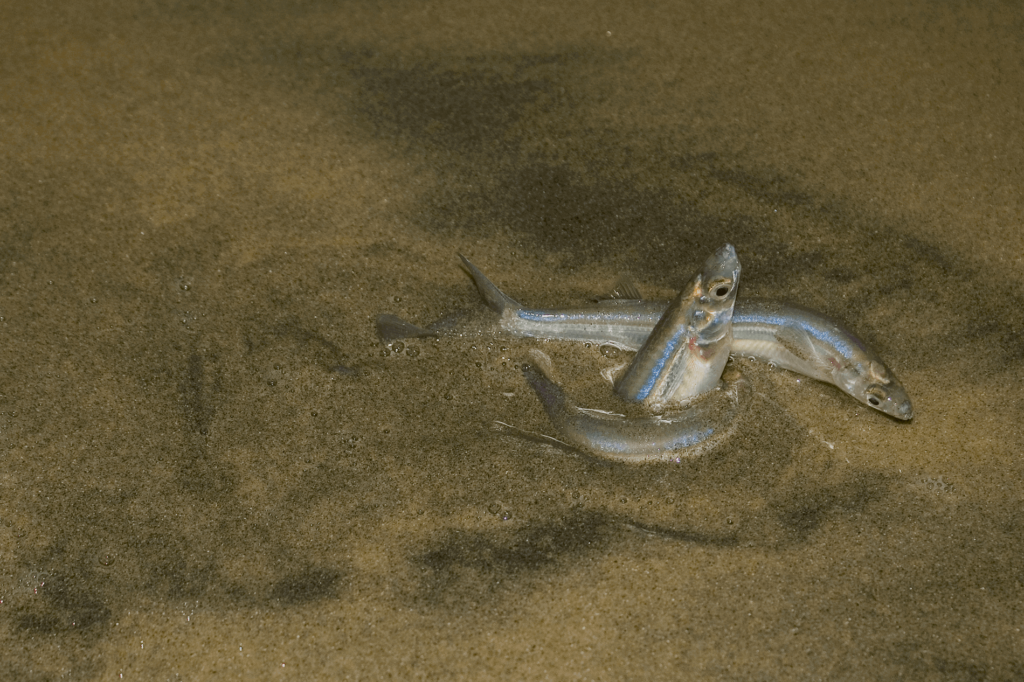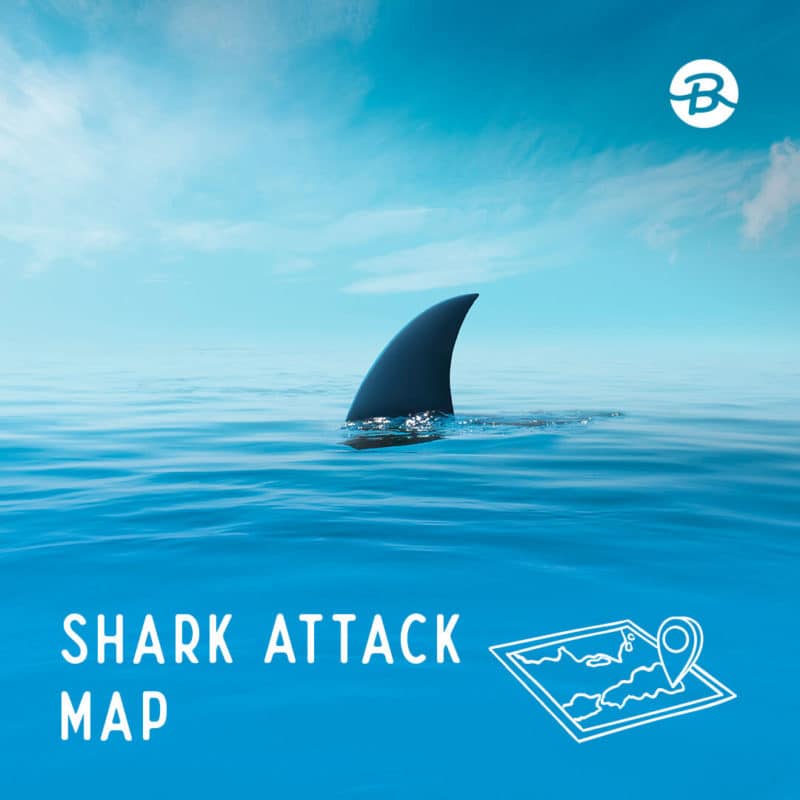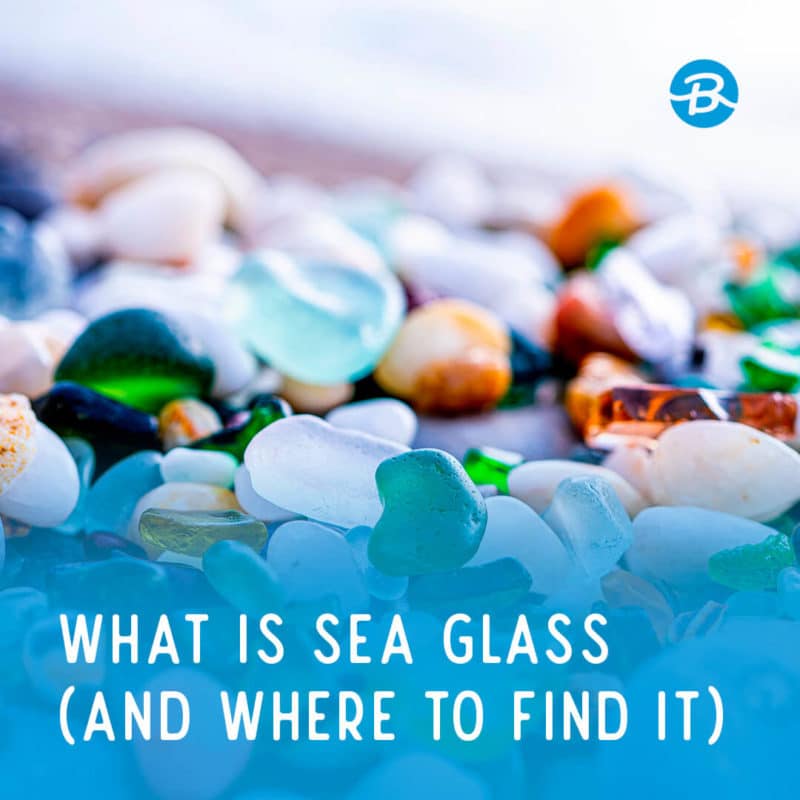Every year, California beaches hold an annual Grunion run. The California Department of Fish and Wildlife (CDFW) has recently released the Grunion Run schedule for this year. Check below for this year’s schedule.

California’s annual Grunion Run typically lasts from about March to August, as it did in 2021. The past schedules have varied some. In 2015, it also ran from March through August. Meanwhile, the Grunion Run 2019 schedule ran from April to September.
The best way to predict the 2022 schedule is to study the moon’s phases that will occur between March and September. In any case, we know that peak grunion season is late March-August.
Let’s take a look at what the iconic Grunion Run is all about and learn more about grunions in general!
Grunion Run Schedule
| Day | Date | Time |
|---|---|---|
| Wednesday | 3/2 | 9:40 PM – 11:40 PM |
| Thursday | 3/3 | 10:10 PM – 12:10 AM |
| Friuday | 3/4 | 10:35 PM – 12:35 AM |
| Saturday | 3/5 | 11:05 PM – 1:05 AM |
| Friday | 3/18 | 10:35 PM – 12:35 AM |
| Saturday | 3/19 | 11:00 PM – 1:00 AM |
| Sunday | 3/20 | 11:30 PM – 1:30 AM |
| Monday | 3/21 | 12:05 AM – 2:05 AM |
| Wednesday | 6/1 | 10:35 PM – 12:35 AM |
| Thursday | 6/2 | 11:10 PM – 1:10 AM |
| Tuesday | 6/14 | 9:35 PM – 11:35 PM |
| Wednesday | 6/15 | 10:25 PM – 12:25 AM |
| Thursday | 6/16 | 11:15 PM – 1:15 AM |
| Friday | 6/17 | 12:10 AM – 2:10 AM |
| Wednesday | 6/29 | 9:50 PM – 11:50 PM |
| Thursday | 6/30 | 10:25 PM – 12:25 AM |
| Friday | 7/1 | 11:00 PM – 1:00 AM |
| Saturday | 7/2 | 11:35 PM – 1:35 AM |
| Wednesday | 7/13 | 9:30 PM – 11:30 PM |
| Thursday | 7/14 | 10:20 PM – 12:20 AM |
| Friday | 7/15 | 11:10 PM – 1:10 AM |
| Saturday | 7/16 | 12:00 AM – 2:00 AM |
| Thursday | 7/28 | 9:40 PM – 11:40 PM |
| Friday | 7/29 | 10:10 PM – 12:10 AM |
| Saturday | 7/30 | 10:45 PM – 12:45 AM |
| Sunday | 7/31 | 11:20 PM – 1:20 AM |
| Thursday | 8/11 | 9:25 PM – 11:25 PM |
| Friday | 8/12 | 10:10 PM – 12:10 AM |
| Saturday | 8/13 | 10:55 PM – 12:55 AM |
| Sunday | 8/14 | 11:45 PM – 1:45 AM |
| Saturday | 8/27 | 10:00 PM – 12:00 AM |
| Sunday | 8/28 | 10:30 PM – 12:30 AM |
| Monday | 8/29 | 11:10 PM – 1:10 AM |
| Tuesday | 8/30 | 11:50 PM – 1:50 AM |
About Grunion
There are two types of grunion: California grunion and Gulf grunion. They are small and slimy, very similar to sardines or anchovies.
Grunion is a species of marine fish that only live on southern California beaches and in northern Baja California. What’s so intriguing about them is their rare spawning behavior. They leave the water after dark during spring and summer to spawn on the sandy beaches.
They go to shore to breed, where the female grunion lays their delicate eggs in the soft sand. The male follows to fertilize the grunion eggs. On spawning runs like this, the fish are all over the sand and wiggling around as they hatch during high tide. After several hours, they make their way back into the ocean.
So what do people do with them? Because of the grunion’s small size and pungent smell, they make excellent baitfish. Professional fishers capitalize on this opportunity to get a hefty supply of free bait.
Wondering if grunions are enjoyable to eat? Yes, they are! Many people enjoy them served in rich Italian sauces or fried with butter.
What is a Grunion Run?
During grunion spawn season, people head to the ocean on the southern coast of California during high tides to catch the grunion. Since they’re hanging out right on the sand, they’re easy to pick up and take home. A California fishing license is required to participate.
Typically, you use the term ‘running fish’ when talking about catching grunion. This is different than your typical fishing because you simply pick them up by hand (which is the only permitted way to catch them).
Keep reading for more tips and guidelines for participating in runs!
When Can People Do Grunion Run?
As we mentioned, spawning runs occur during spring and summer, which is when people can participate in runs. The California Department of Fish and Wildlife sets specific days and times when people can attend runs.
The peak spawning season occurs during or after a full and new moon, making the schedule quite specific. The CDFW lists the two hours of low tide, usually for a three or four-night period after a new or full moon as designated grunion run times. Typically, the third and fourth nights are best.
There’s usually a two-hour period for runs when spawning is likely. And, the second hour is usually better in terms of how many you can catch. They may run at any point during the two hours after high tide, so sometimes it’s a matter of being patient!
Where Are Grunion Runs?
Grunion runs happen all across the southern coast of California, where the species lives. This span of shoreline includes areas like Point Conception, Baja, Santa Barbara, Santa Monica, Malibu, and San Diego.
The best runs usually occur on beaches that are set back from streets or loud city noises that could frighten the fish. Grunion love soft, light sand because it’s the perfect place for females to lay their eggs for fertilization.
Let’s take a look at where you can find the best runs.
Best Grunion Run Beaches
- Seaward Avenue Beach
- West Beach of Santa Barbara
- Goleta Beach Park
- Pismo Pier
- Olde Port Beach
- Morro Strand State Beach
- Morro Strand State Beach (North Side)
- Cayucos State Beach
- Imperial City Beach
- Coronado Shores Beach
- Coronado Beach
- Ocean City Beach
- Mission Beach
- La Jolla Shores
- Del Mar City Beach
- Oceanside Pier View North Beach
- Oceanside Harbor Beach
- San Clemente Pier City Beach
- Doheny State Beach (North Side)
- Newport Municipal Beach
- Corona Del Mar State Beach
- Bolsa Chica State Beach
- Seal Beach
- Belmont Shore Beach
- Long Beach City Beach
- Hermosa City Beach
- Cabrillo Beach
- Venice City Beach
- Topanga Beach
- Seaward Avenue Beach

How To Do a Grunion Run
One rule of thumb for catching grunion is to do it with your bare hands! That’s right, you don’t actually catch these fish with a rod. Here are some other tips and rules for how to do a run:
- There’s no bag limit.
- Grab as many as you want, but consider being mindful not to waste fish. Make sure you plan to eat them or use them as bait.
- Wear waterproof clothes as tides are high during a run.
- Big pockets are good for putting the fish into.
- Avoid flashlights that can scare the grunion and prevent them from spawning.
- Glow sticks or other mild light sources are a good alternative to bright flashlights.
Grunion Rules and Regulations
Grunion runs are protected by laws enforced by the California Department of Fish and Wildlife.
- If you’re 16 years old or older, a California fishing license is required to take or even interact with grunion.
- You don’t need a license to observe a run.
- No holes can be dug to trap the fish.
- The months of April and May are the closed season, and it’s illegal to take grunion home during this time.
- During the open season, specified days are off-limits so that only the fish are present for breeding.
- If you catch grunion, you must intend to use them (for bait or as food).
- No gear can be used, such as hooks, traps, buckets, and nets. A true hands-on experience!
Grunion Fun Facts
Given that grunion are only native to SoCal, many people aren’t familiar with the species. Check out some fun facts about them!
- Their small size and delicate texture make them popular for frying up and eating in tacos. So good!
- People also enjoy making pickled California grunion in vinegar for a salty snack.
- Although it’s against the rules, many people participate in a run just for fun and throw them back.
- If the light catches their scales right at night, they have a beautiful iridescent rainbow glow.
- A full-grown grunion can swim up to 50 miles an hour!
- Baby grunions that have just hatched from their eggs are called fries.
FAQ
For more information on grunions and runs, let’s take a look at answers to some common questions.
How big are grunions?
They’re not big at all! Both California and Gulf grunion grow to 5 or 6 inches in length. They usually weigh less than two ounces.
Can you sell grunions?
There are no rules that prevent you from selling them. However, there’s not a large market of people looking to buy them. They’re not highly sought after for cooking purposes, and they can be found in most grocery stores. The biggest fascination with them is the unique experience of seeing and catching them.
How much do grunions cost?
Grunions are about as cheap as sardines, ranging from $5 to $15 a pound.
How many people go to the grunion runs?
It’s hard to know exactly how many people participate in grunion runs every year because there are many beaches and opportunities to participate. Hundreds of people likely join in each year, with fisherman and grunion lovers participating multiple times per season.
Can I keep a grunion as a pet?
You can, but we don’t recommend it. You could get one or multiple and keep them in a saltwater tank. However, they don’t necessarily make the best pets and probably won’t survive long in your home. They need a plethora of space (the ocean) to swim around and have a high desire to mate.
Do grunions die when they breed?
Nope! When you see them flopping around on the sand to lay their eggs and fertilize them, you may wonder what’s happening. But, this is just how they move around. They actually rarely die when spawning and safely return to the ocean after completing their mission unless they’re caught.
Final Thoughts
Although the 2022 grunion run schedule hasn’t been released yet (as of early February), the CDFW will probably share the dates and times soon. In any case, the run will sometime in March or April and go through August or September.
Be sure you follow the rules and guidelines in order to respect this species and their natural habitat. It’s essential to do this to avoid endangerment.
If you’ve never participated and you live in southern California or want to plan a California beach trip, this exciting event is definitely well worth checking out!






